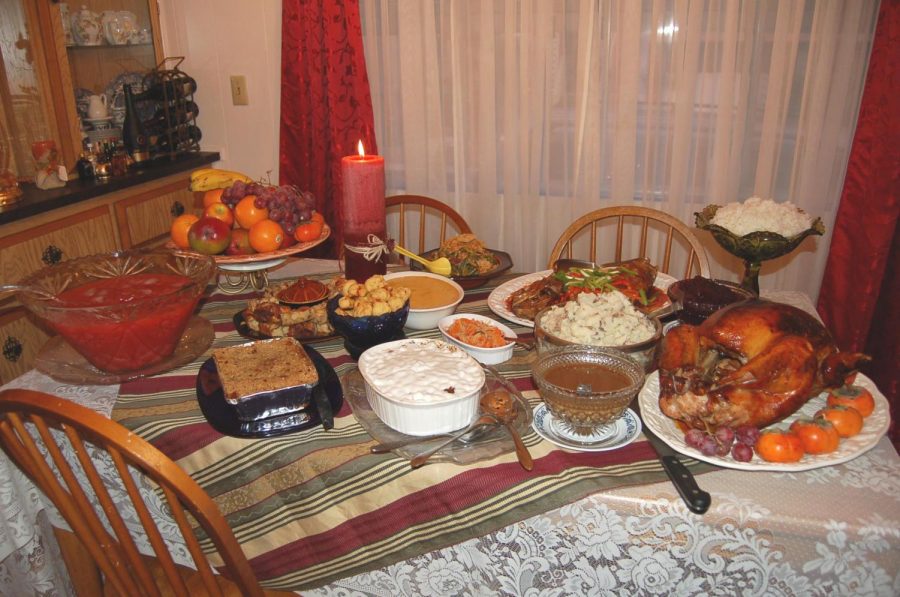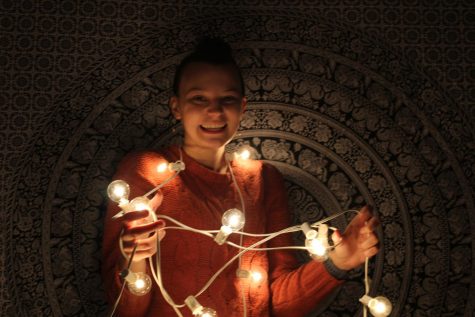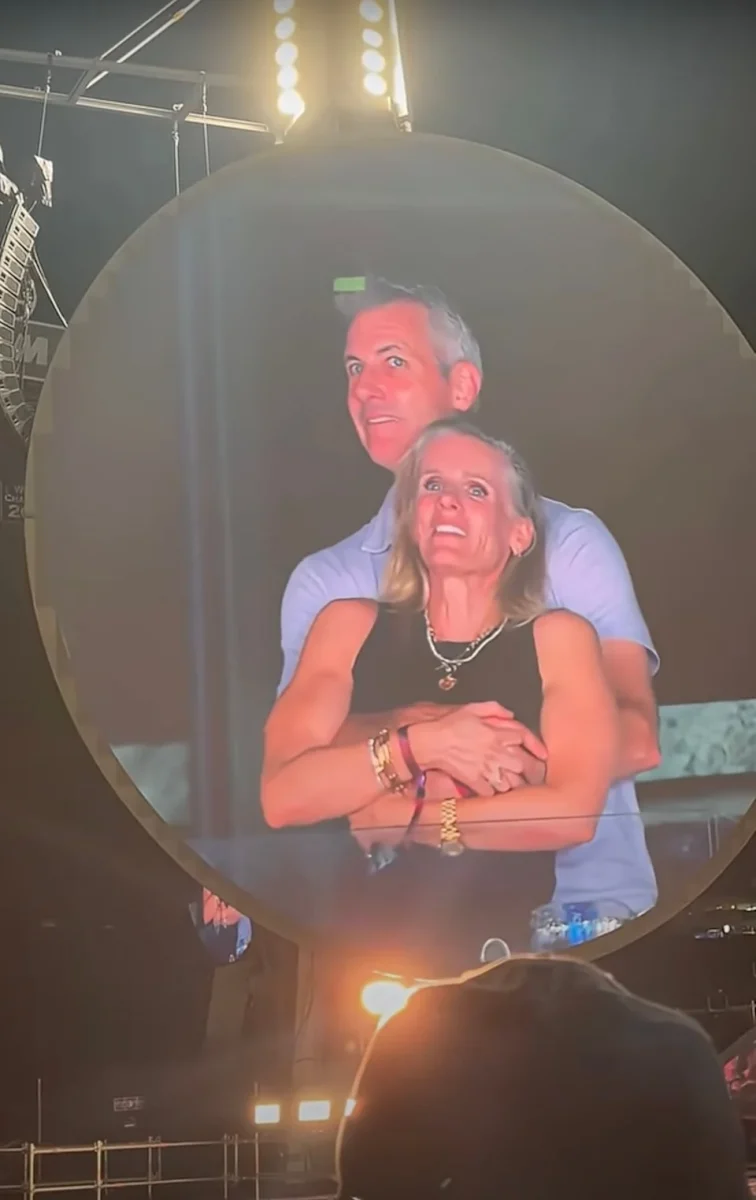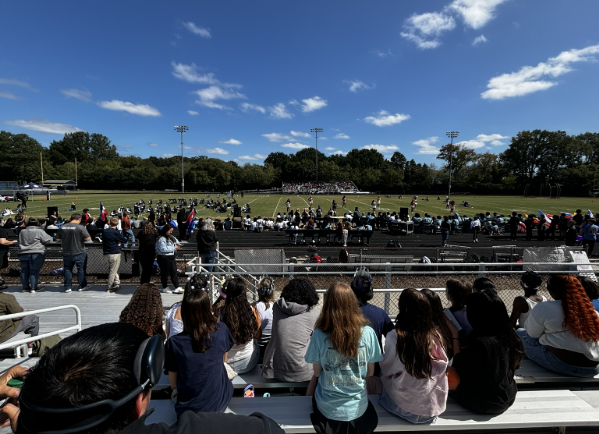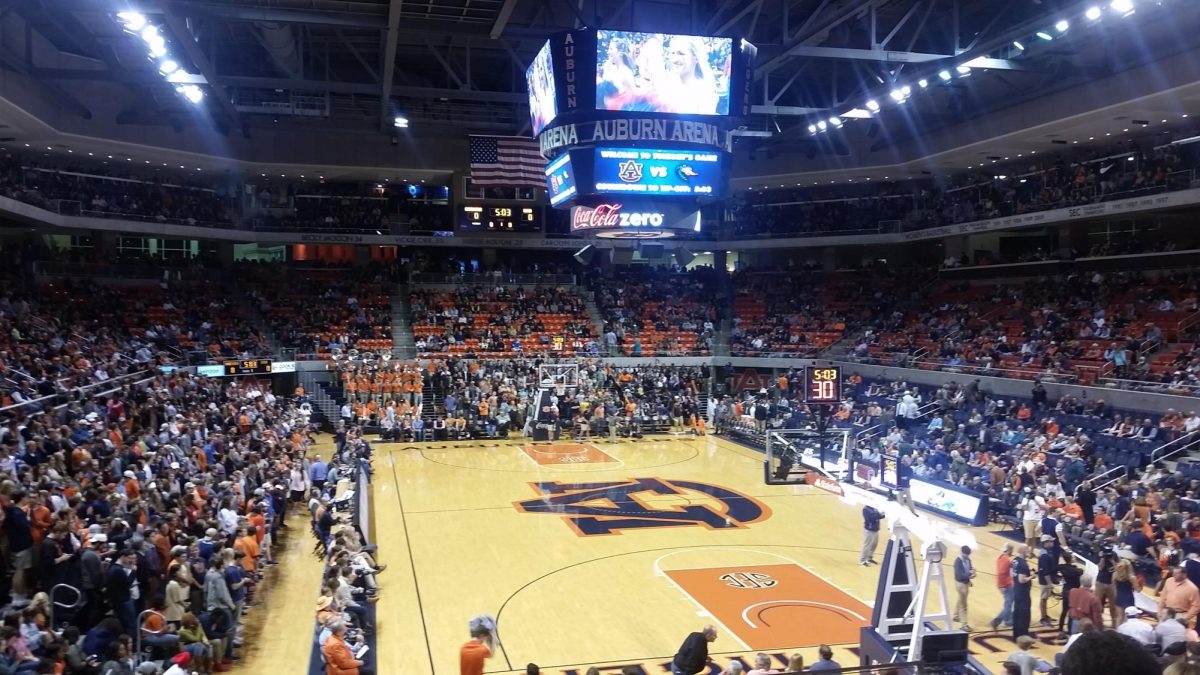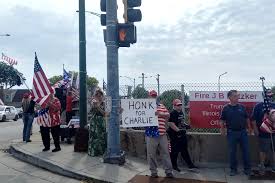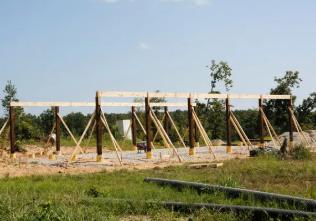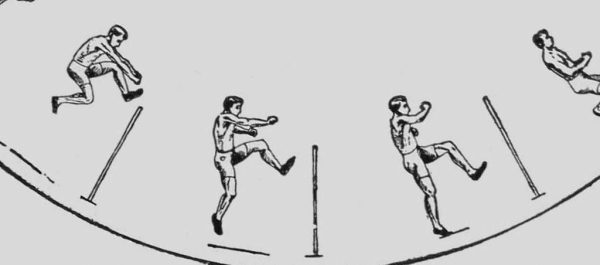Discussing the controversy of Thanksgiving
Celebrated with feasts, Thanksgiving in America today is ceremony of family, friends, and gratefulness. The dark past of this holiday is commemorated as the National Day Mourning in Native American culture.
November 22, 2018
Thanksgiving is considered by most Americans to be a day of feasts, family, and friends. However, to 2.09 percent of the United States, the fourth Thursday of November is a day of mourning and sadness each year. The idea that Thanksgiving is a ceremony of something much darker than being grateful has been embedded in Native American life since the holiday was created. This is because Thanksgiving was not created to be a celebration of life and happiness. The true history of Thanksgiving has been rewritten through textbooks and concealed through years of avoidance, ignoring the malicious reality of this holiday.
Each Thanksgiving, two very separate, public gatherings are held in Plymouth, Massachusetts, the location of the first Thanksgiving. The official parade incorporates civilians dressed as pilgrims as they march to Plymouth Rock, carrying firearms and beating drums. A much more solemn commemoration is held on top of Cole’s Hill, where indigenous people and their supporters gather to fast and observe their National Day of Mourning, created to remember the destruction of Native American people and culture.
This vast difference in celebration stems from the varied understanding of this national holiday. The majority of Americans view Thanksgiving as a ceremony remembering the feast held between pilgrims and Native Americans after the Europeans successfully survived a brutal winter, supposedly with the help of the Indigenous people. Some Native Americans, however, see this day as the beginning of the end of their freedom and way of life, as the Europeans forcibly removed any sense of safety they had in their country.
The true origin of Thanksgiving is a brutal and horrific one. In 1637 the Pequot tribe was celebrating their Green Corn Festival with feasts and dancing, much like the present day Thanksgiving. The European settlers invaded the festival in the predawn hours, shooting, beating, clubbing, and burning alive over 700 Native Americans. The Massachusetts Bay governor during this time, John Winthrop, proclaimed a celebration of gratitude for God’s destruction of the Pequot village. Thereafter, massacres of the Native Americans were routinely followed by “days of thanksgiving.”
The present-day Thanksgiving involves a banquet that is indulged with family and friends. Sophomore Vyvyan Chau said, “Personally, I don’t picture Thanksgiving as a specific holiday, rather a time when friends and families unite to celebrate the things they’re grateful for.” Despite its traumatic past, the holiday of Thanksgiving has transformed into a positive observance of things to be grateful for.


